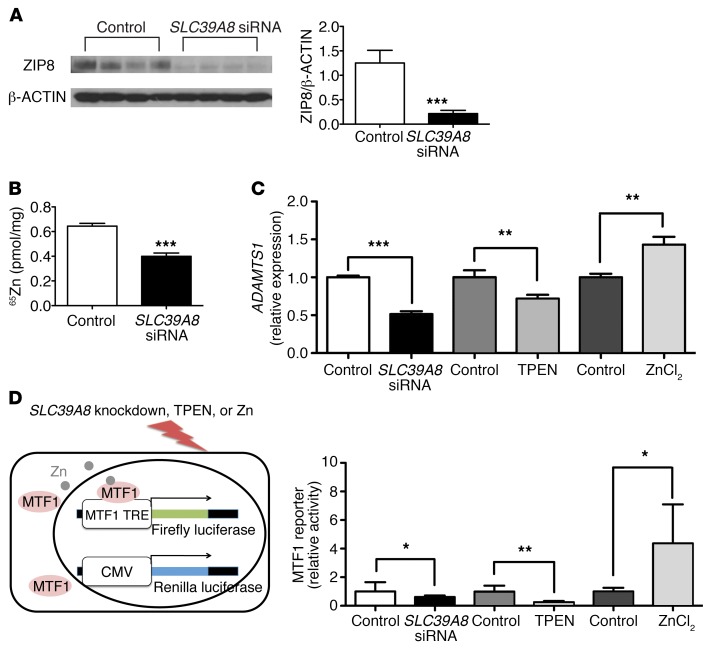Figure 4. SLC39A8 knockdown in HUVECs results in decreased ADAMTS1 expression and MTF1 transcriptional activity.
(A) Western blot and densitometry analysis showed that SLC39A8 siRNA treatment resulted in efficient SLC39A8 knockdown in HUVECs. HUVECs were treated with SLC39A8 siRNAs or control scramble siRNAs for 24 hours. n = 4 for each condition. ***P < 0.001 by Student’s t test. (B) 65Zn uptake was significantly reduced in SLC39A8 siRNA–treated HUVECs as compared with that in control siRNA–treated cells. n = 4 for each group. ***P < 0.001 by Student’s t test. (C) qRT-PCR analysis of ADAMTS1 expression in HUVECs treated with SLC39A8 siRNA, TPEN, or ZnCl2. ADAMTS1 expression was significantly decreased in SLC39A8 siRNA–treated or TPEN-treated HUVECs, but increased in ZnCl2-treated HUVECs. n = 4 for each condition. **P < 0.01; ***P < 0.001 by Student’s t test. (D) A schematic representation of the MTF1 reporter assay is shown on the left. TRE, tandem response element. MTF1 transcriptional activities were significantly decreased in HUVECs treated with SLC39A8 siRNA or TPEN but significantly increased in HUVECs treated with ZnCl2 as compared with the corresponding controls (n = 8, n = 6, and n = 4 respectively). Firefly luciferase activities were normalized to that of Renilla. MTF1 reporter activities in each treatment condition were normalized to the average of the corresponding control groups. *P < 0.05, **P < 0.01 by Student’s t test.

